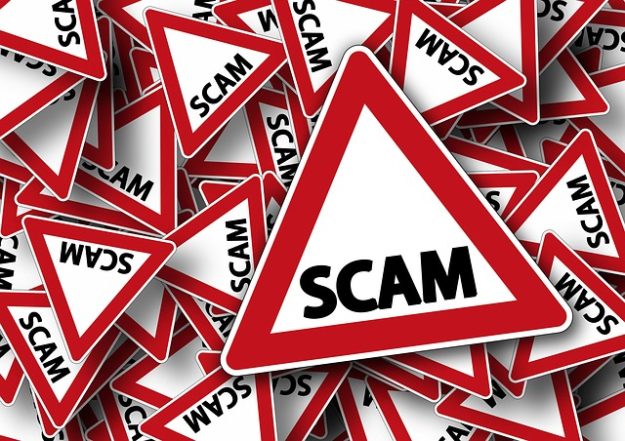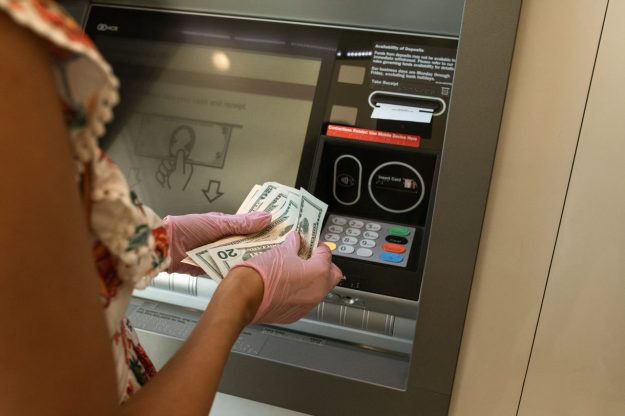How Can I Save on Super Bowl Sunday?
Q: How can I save big on costs when hosting a party for the big game on Super Bowl Sunday?
A: Super Bowl parties are always great fun, but hosting costs can add up just like Jonathan Taylor piling on the rushing yards. So, we’ve put together some hacks to help you pull off the party of a lifetime without breaking your budget.
Don’t fumble the decor
Keep the decor simple with free printables of your team’s logo from sites like Pinterest, and by choosing party goods in your team colors instead of branded items. You might also hit the dollar store to score some fun football-themed party supplies.
Tackle the food together
Ask your guests to help with the food coverage. You can go potluck and have everyone bring one dish, order takeout and split the bill or set up a spreadsheet with all the menu items and have each guest choose one to bring along.
Skip the Super Bowl platters
Fast-food chains and grocery stores aggressively advertise “game day platters” ahead of Super Bowl Sunday, but these are rarely worth the cost. Instead, make your own for a fraction of the price and just a few minutes of work. You can slap together some extra-long hero sandwiches and cut them up for an easy sub platter. For your health-conscious guests, slice up everyone’s favorite veggies and add a dip for a low-cost veggie platter.
Save on pizza
If you’re going with a pizza party, consider doing it partially homemade by picking up some frozen pies at a great price from your local grocery store. Just pop them in the oven before the party. If you want it hot-from-the-pizza-store fresh, reach out to a few local pizza places ahead of time to see if they’ll be offering any specials, and see who’s offering the best deal.
Consider your lineup
When setting up your buffet, place more affordable items at the head of the line. These are typically grabbed first, and putting them front and center, with the pricier stuff in the back, will help to ensure you don’t run out of any buffet item too quickly or blow your budget on one pricey food.
Use the tips outlined above to keep costs down while throwing a Super Bowl party that’s fit for champions.




















